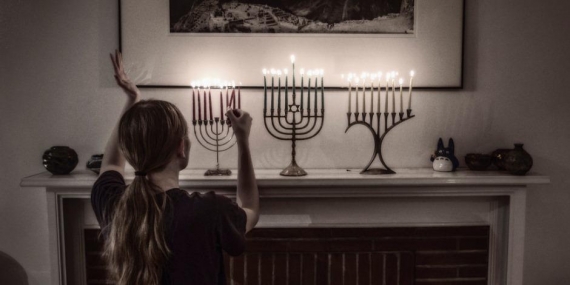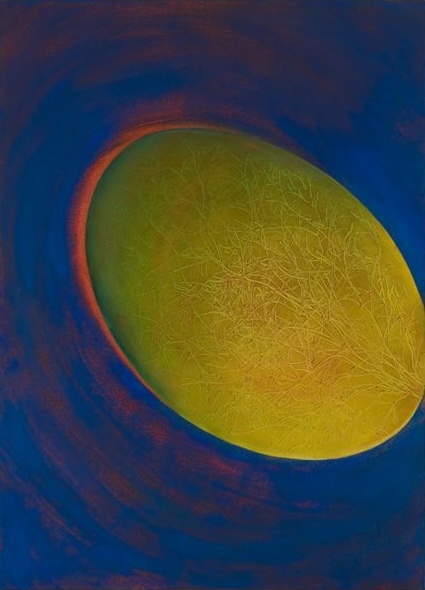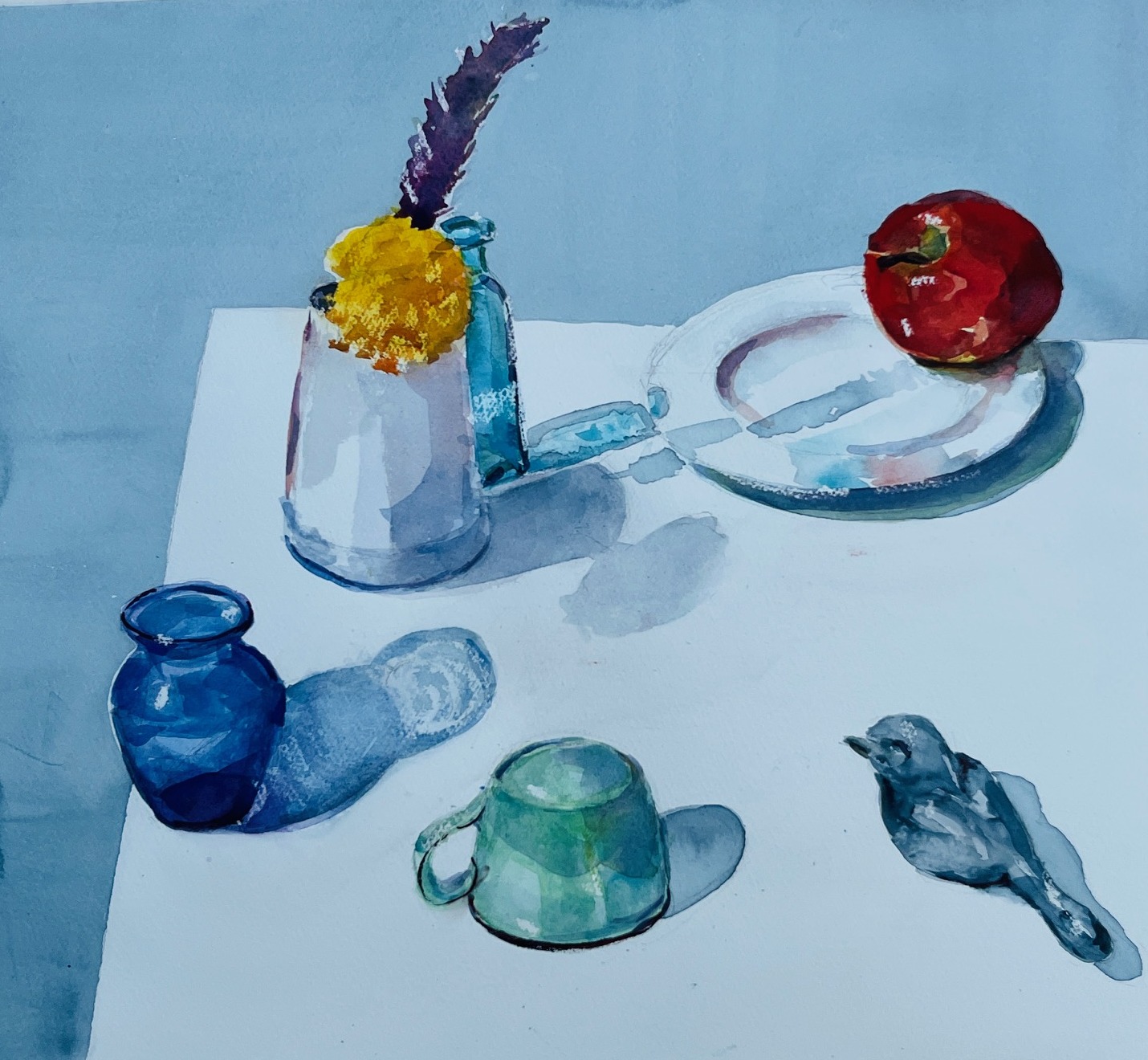This “Essence” is taken from the Sourcebook for Leaders, written by Rabbi Rachel Gartner and Barbara Berley Melits, for Rosh Hodesh: It’s a Girl Thing! This experiential program was created by Kolot: The Center for Jewish Women’s and Gender Studies to strengthen the Jewish identity and self-esteem of adolescent girls through monthly celebrations of the New Moon festival. The program is now available through Moving Traditions.
Adar I is the twelfth month of the Jewish calendar.
Seven of the nineteen years in the cycle of the Jewish calendar are leap years. When we add an extra month, Adar I, the regular Adar becomes Adar II. During leap years we celebrate Purim in Adar II.
Adar I comes at the same time as the secular months February/March. We can think of Adar I as a hidden month, revealed only when we need it, to set the calendar straight! Similarly, in the natural world, many things hidden are coming to light. Hints of spring, until now hidden beneath the snow, begin to show themselves. We wonder when the first flowers will come out of their hiding place.
The mazal (constellation) for Adar I is Pisces, dagim (fish). Living in the vast, deep ocean, fish are the creatures of a “hidden world.” During Purim, which doesn’t come until Adar II, Queen Esther saved the day by revealing her Jewish identity to the king. We imagine that during Adar I Esther’s true identity was still hidden like a fish under water.
Both Adar I and II are considered the happiest, most joyous months of the Hebrew calendar. Adar’s motto is “Mishenihnas adar marbim besimha” or “When Adar arrives, joy increases.” Tradition teaches that Adar is so full of joy that it is as if Adar were pregnant with happiness. Some years we need two Adars to contain all the joy of Adar!
Features
There are no holidays in Adar I; however, the Talmud teaches that the only difference between Adar I and Adar II is that we tell the story of Purim in Adar II. Adar I can therefore be considered a month of preparation for the festivities of Purim.
Purim is observed on the 14th of Adar II, except in Jerusalem, where Purim is celebrated on the 15th of Adar II in honor of the Jews of Shushan, who fought against their enemies for an extra day.
The story of Purim is told in Megillat Esther (The Book of Esther). Megillat Esther is one of two books of the Bible to bear a woman’s name. (The other is Ruth.) Jews often refer to the Hebrew Bible as the Tanach, after the initial letters of its three parts: Torah (Instruction), Nevi’im (Prophets), and Ketuvim (Writings). Megillat Esther is found in Ketuvim.
Purim is the only Jewish holiday that focuses on the talents, courage, and dedication of a woman. The story begins when Queen Vashti is banished for refusing to entertain the king’s guests, and Esther is chosen in a beauty contest to be the new queen. Haman, the evil courtier, gets promoted to grand vizier, but Mordechai, Esther’s uncle, refuses to bow down to him.
Haman decides to take revenge on Mordechai and on all the Jews. He convinces the foolish King Ahashverosh (Ahasuerus) to call for the massacre of all the Jews throughout the kingdom. Purim means “lots” because Haman picked lots to decide precisely when to kill the Jews. Mordechai and Esther devise a plan to foil Haman’s evil plot. Esther courageously approaches the king and invites him to a series of parties in Haman’s honor. At the third party Esther wines and dines the king, reveals that she is Jewish, and pleads for the life of her people. Haman is hanged, and the Jews are saved.
Fabulous Females
Queen Vashti and Queen Esther show tremendous bravery in the Purim story. We will honor them both in Adar II.
Dina. Beginning in the second century CE, the twelve calendar months were associated with the twelve tribes of Israel. Adar I is an additional, 13th month which some traditions associate with Dina, Leah’s only daughter, and the youngest of Leah’s children.
Dina’s story is complicated, and we know little about it. One day she goes out to meet the women of the local Hivite town and ends up entangled with one of the men of the place. Some traditions say that Dina chose freely to spend time with this man; the Torah implies that he imposed himself on her by force. Unfortunately, the Torah does not record Dina’s own thoughts and feelings on the matter, and so we are left to speculate.
Dina’s story reminds us to be careful and to make good choices in potentially dangerous situations. At the same time, it is very important to understand that when someone is the victim of a crime when he or she was simply going about freely, the victim is innocent. When we or someone we care about are hurt, there can be a tendency to wish that the victim had done something differently so she would not have come in harm’s way. But we must remember that the one harmed is not in any way at fault.
Foods
Hamantaschen are the best-known traditional food for Purim. These triangular cookies, filled with poppy seeds, fruit, cheese, or prune jam, are said to represent the three-cornered hat or three-cornered pocket of the villain Haman. In Israel, hamantaschen are called oznei Haman, Haman’s ears.
Some Sephardic Jews have a custom of wrapping hard-boiled eggs in pastry dough in the shape of an animal or a Purim character. These folares are baked, displayed, and later eaten as a Purim treat.
Bean dishes, such as humous, are also eaten to remind us that, according to legend, Esther ate a vegetarian diet while in the court, in order to avoid eating non-kosher food.*
*This and additional Purim foodways information is found in Teaching Jewish Holidays: History, Values, and Activities, by Robert Goodman (Denver, CO: A.R.E. Publications, 1997).












